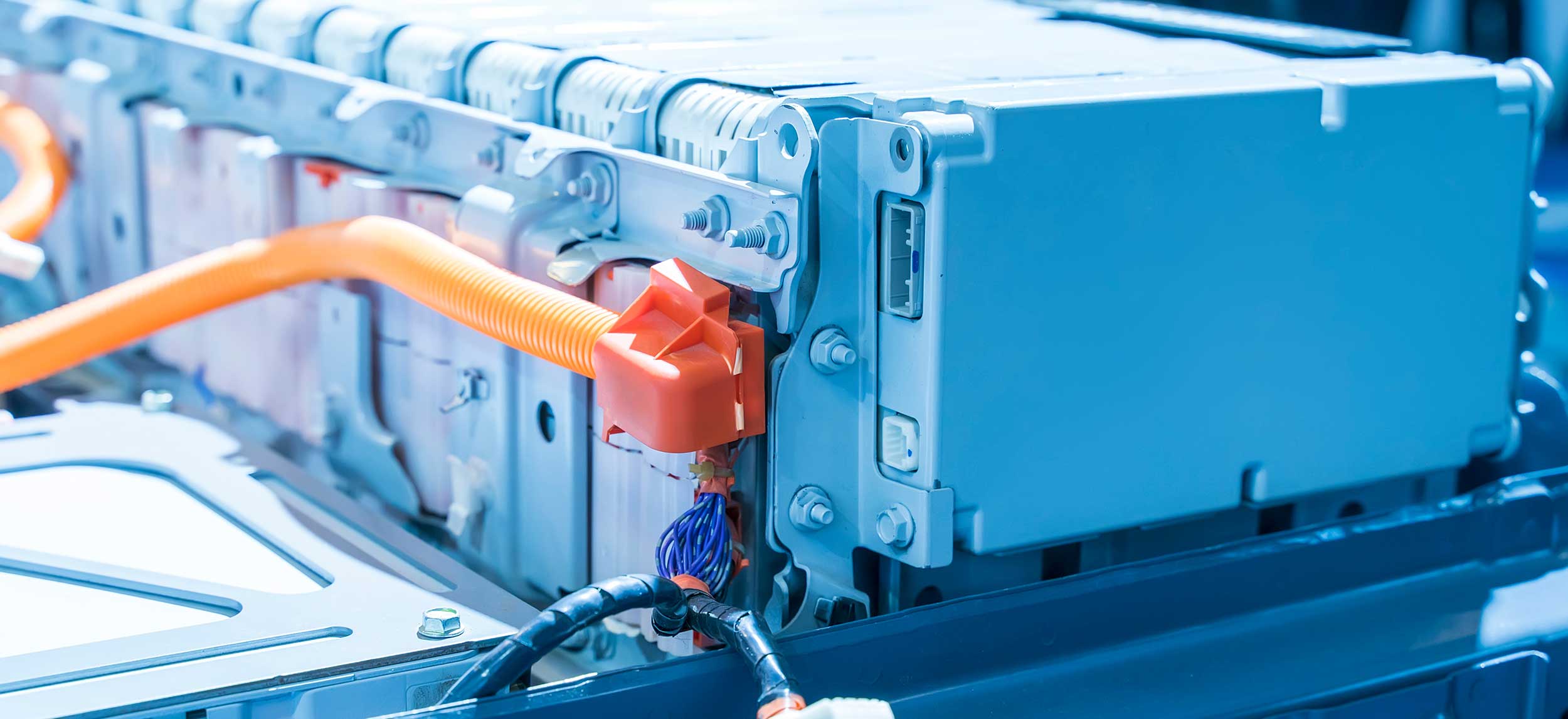SLA Batteries vs Lithium Batteries: Pros and Cons

In the world of energy storage, two contenders reign supreme: the trusty Sealed Lead-Acid (SLA) battery and the rising Lithium-ion battery. We have done our best to identify some of the differences between the two with the overall goal of choosing the best battery for your needs. While we do obviously promote the value of SLA batteries, there may indeed be plenty of times where Lithium batteries would actually make more sense so we look at this comparison from a neutral stance. Obviously if you need to replace an existing SLA battery, you should replace it with another SLA battery unless you really, really know what you are doing. But it’s still important to truly appreciate the differences between the two battery types and the pros and cons of each. Both offer unique advantages and disadvantages, making the choice between them a complex one. Let’s break down the arguments for and against each.
SLA Batteries: The Old Reliable
- For:
- Cost-effective: SLA batteries remain significantly cheaper to produce, especially for large-scale applications like backup power systems.
- Robust: They can handle high discharge rates, making them suitable for power-hungry devices and applications requiring sudden bursts of energy.
- Mature technology: SLA technology is well-understood, with predictable performance and readily available maintenance expertise.
- Against:
- Heavy and bulky: This limits their use in portable devices and adds weight to electric vehicles.
- Shorter lifespan: SLA batteries have a limited number of charge cycles and are susceptible to degradation from deep discharges.
- Environmental concerns: Lead and sulfuric acid may pose environmental hazards if not recycled properly.
Lithium-ion Batteries: The Up-and-Comer
- For:
- High energy density: Store more energy per unit of weight and volume, leading to longer runtimes and lighter devices.
- Longer lifespan: Can endure significantly more charge cycles than SLA batteries, extending their overall usable life.
- Environmentally friendlier: While not without environmental impact, lithium-ion batteries generally pose fewer risks than SLA batteries.
- Against:
- Higher initial cost: Currently more expensive to produce, though prices are steadily declining.
- Safety concerns: While generally safe with proper management systems, lithium-ion batteries can pose fire risks if damaged or mishandled.
- Complex technology: Requires sophisticated battery management systems for optimal performance and safety.
These may not necessarily help in your decision-making process so let’s have a look at a few more head-to-head points:
- Both are versatile and can be installed in any direction, both lithium and SLA batteries will not leak like flooded lead acid batteries which allows both to be placed in any direction.
- Weather has an impact on both types of batteries. Lithium batteries struggle to charge in freezing temperatures, often failing to charge completely. Charging Lithium batteries in cold conditions can lead to plating, which can cause cell short circuits and mechanical failures. It’s crucial to maintain a moderate charge rate. While SLA batteries are more resilient to cold weather charging, Lithium batteries generally outperform them in low temperatures.
- SLA batteries have been around for a long time. Many people feel comfortable knowing that they will most likely just work. Lithium batteries are a newer option in the battery space and there may be some question marks over their long-term viability.
- Lithium batteries are usually lighter than lead acid batteries, they pack more energy into smaller space though they can be susceptible to heat reactions from dropping or overcharging and can result in fires and toxic fumes. Both SLA and lithium can be damaged, the SLA battery is more resilient.
- Lithium batteries will last longer than an SLA battery and are not impacted by partial charges. Some claim they’ll last 2-3 times longer than an SLA battery though this often depends on the care and conditions.
- Lithium batteries usually charge faster than lead acid batteries.
- Lithium batteries can be more difficult to locate than lead acid batteries which can be readily found in big box dealers like Walmart or Target.
- Both Sealed Lead Acid batteries and Lithium-ion batteries are maintenance free. No need to fill water chambers or add chemicals with either.
With all these points to consider, it still seems the choice is mostly dependent on the type of application you need the battery for.
SLA batteries tend to be best suited to applications with high discharge rates like ones that require starting engines; motorcycles, boats, tractors, mowers etc. Some applications with less frequent cycling are also strong choices for SLA battery uses; UPS devices, emergency lighting, heavy-duty power tools also tend to work best.
Conversely Lithium-ion batteries are better suited to portable devices where weight and size are critical, like smart phones, laptops, cameras. Drones and RC toys, portable medical devices all benefit from the lighter weight. Lithium is preferred for Solar storage where efficiency and lifespan are important and certainly electric vehicles like scooters, golf carts all benefit from the battery’s high energy density.
The Verdict:
The “best” battery ultimately depends on the specific application. SLA batteries remain a strong contender for cost-sensitive applications and those requiring high discharge rates. Lithium-ion batteries offer strong energy density, lifespan, and environmental profile. Both will continue to evolve in some way as technology improves and needs shift but for now keeping your devices running, maintaining your current battery and having a backup at the ready tends to be the way to go.
